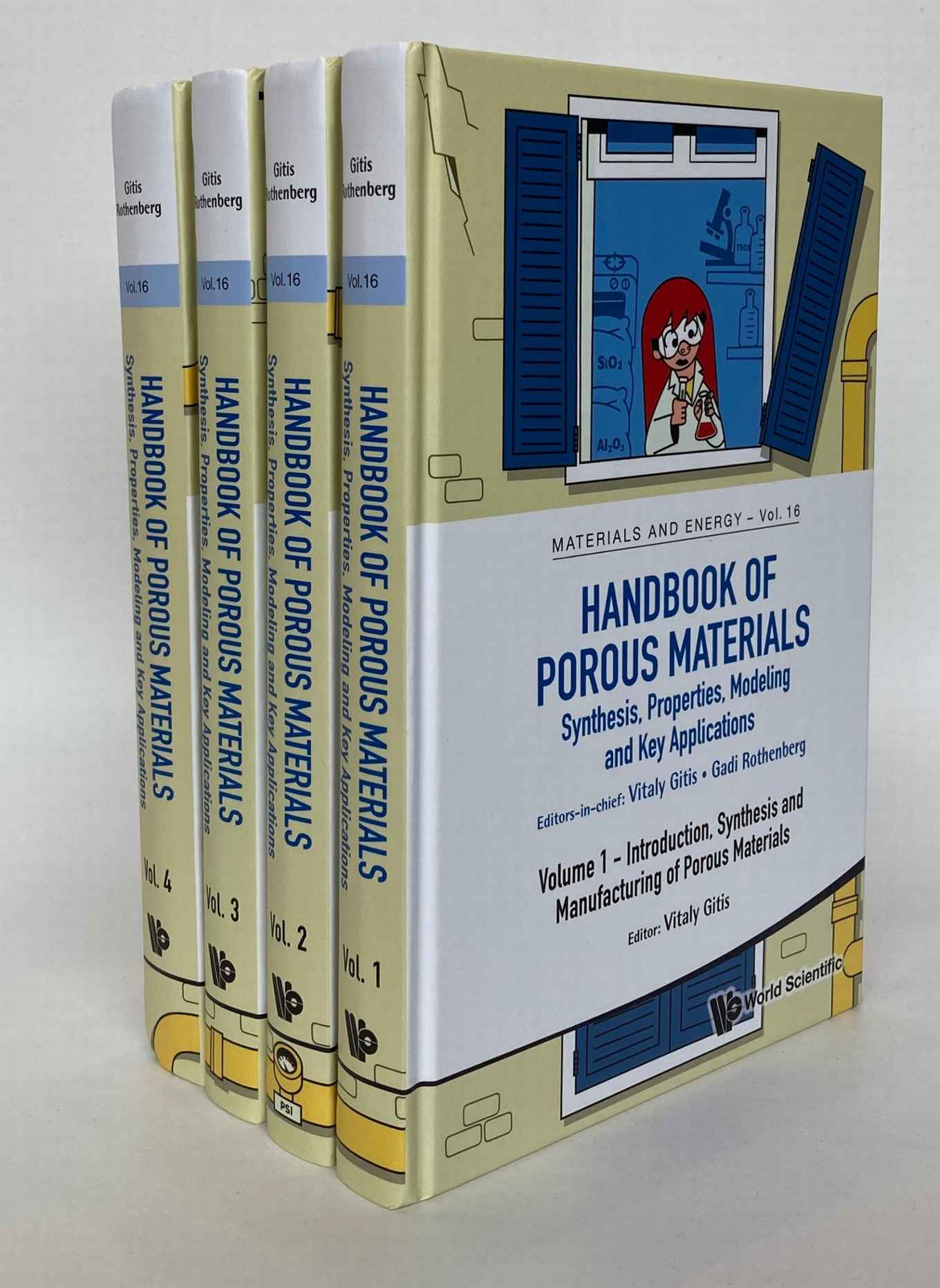UvA researchers collaborate on new Handbook of Porous Materials
State-of-the-art reference work on synthesis, characterisation, and industrial application
30 September 2020

Porous materials are used all around us. They are essential for water purification, wastewater treatment, catalysis and industrial separations, but also for batteries, fuel cells and geothermal energy applications. In fact, porous materials are crucial in the very applications that our society needs to succeed in the energy transition and combat climate change. In 2017, having already co-authored a joint textbook on Ceramic Membranes, Rothenberg and Gitis embarked on a much more ambitious project: A state-of-the-art overview of porous materials covering all aspects from synthesis and characterization and simulation all the way to manufacturing and industrial applications.
A hefty handbook
Over the last years, coordinating the efforts of 37 expert authors, the pair constructed the story of porous carbons, ceramics, zeolites and polymers from varied viewpoints: surface and colloidal science, materials science, chemical engineering, and energy engineering. The result is a hefty reference work of four-volumes, containing 14 chapters and more than 1500 pages. The reader will find many high-quality colour illustrations and examples, as well as thousands of up-to-date references to peer-reviewed articles, reports and websites for further reading.

Substantial contributions from UvA researchers and alumni

The Handbook of Porous Materials will be published in November by World Scientific Publishers in a digital and a print edition. Volumes 1 and 2 cover the fundamentals of preparation, characterisation, and simulation of porous materials. Working from the fundamentals all the way to the practicalities of industrial production processes, the subjects include hierarchical materials, in situ and operando characterisation using NMR, X-Ray scattering and tomography, state-of- the-art molecular simulations of adsorption and diffusion in crystalline nanoporous materials, as well as the emerging areas of bio-artificing and drug delivery. Volume 3 focuses on porous materials in industrial separation applications, including adsorption separation, membrane separation, and osmotic distillation. Finally, and highly relevant to tomorrow’s energy challenges, Volume 4 explains the energy engineering aspects of applying porous materials in supercapacitors, fuel cells, batteries, electrolysers and sub-surface energy applications.
More information
DOI: 10.1142/11909
Electronic information: Handbook of Porous Materials.
Visit the website of the Research Priority Area Sustainable Chemistry.